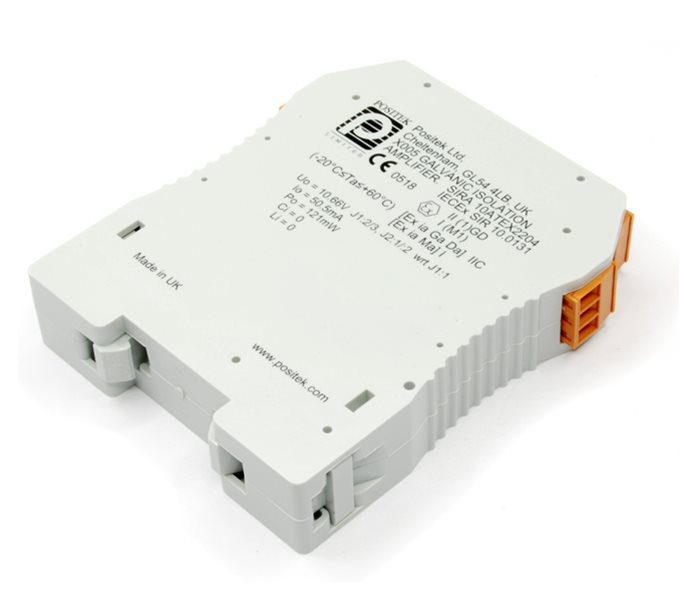
Positek
X005
Part no.: X005
Key Features
• Provides isolation between the amplifier power supply, the hazardous area and the X005 output signal
• Input power supply range of 12 to 30 volts DC
• Factory configured to either 0.5 to 9.5V or 4-20mA
• Bandwidth of 4.7kHz, making it ideal for servo control loops.
The X005 Galvanic Isolation Amplifier has been designed specifically for use with Positek Intrinsically Safe position sensors and is certified intrinsically safe [Ex ia Ma] I and [Ex ia Ga Da] IIC. The Amplifier sacles the output in the safe area and ensures the corresponding output is correct over a wide range of input voltages. It also supports a 5-wire installation option which can negate the effect of losses over long distances, thus maintaining the output signal accuracy. The X005 is factory configured to either 0.5 to 9.5V or 4-20mA and has a bandwidth of 4.7kHz.
Call us for more info at 856-727-9500
"*" indicates required fields
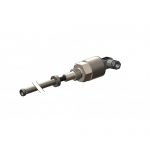
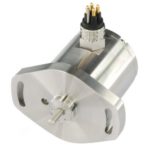
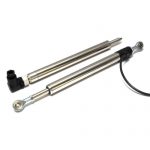
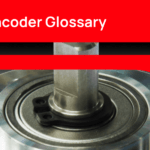

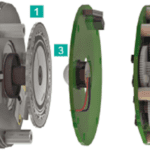


 856-727-9500
856-727-9500